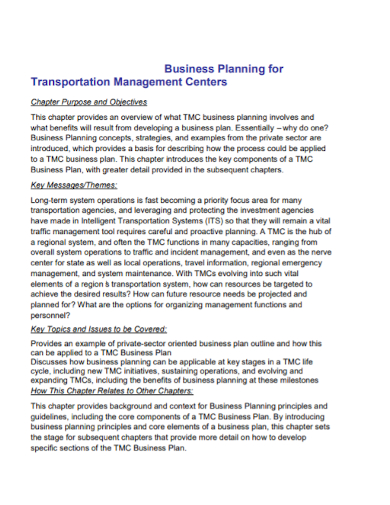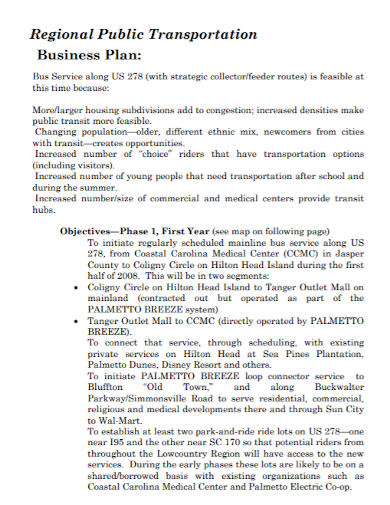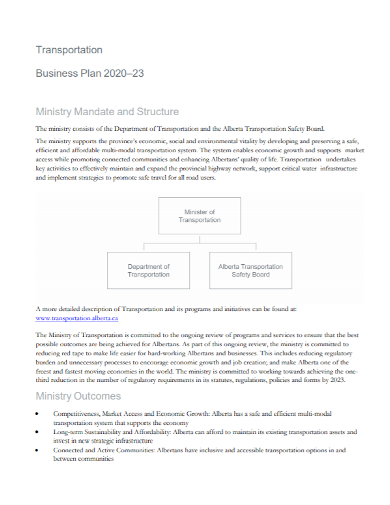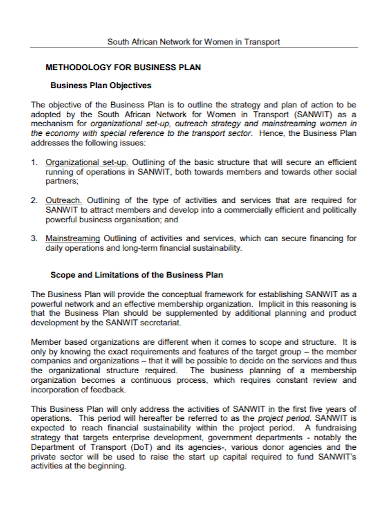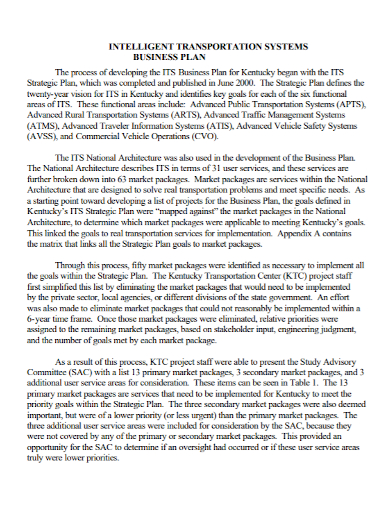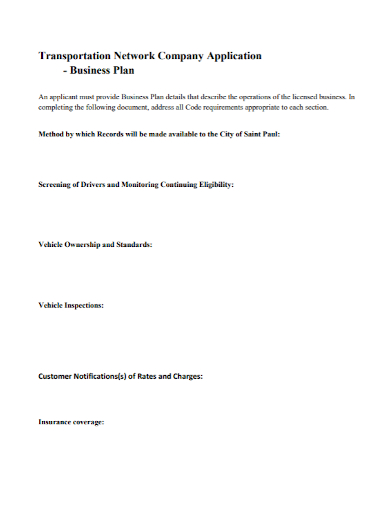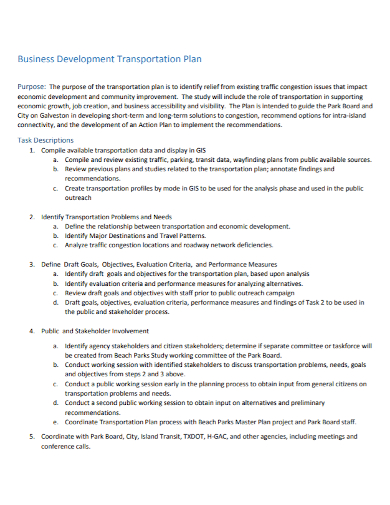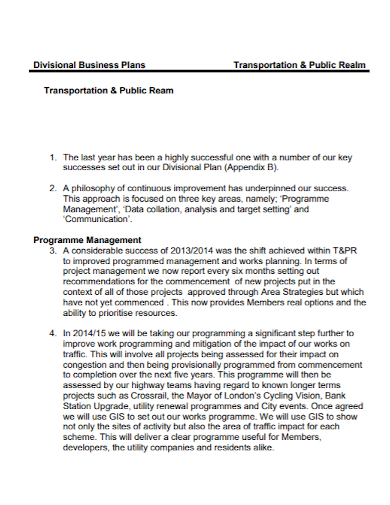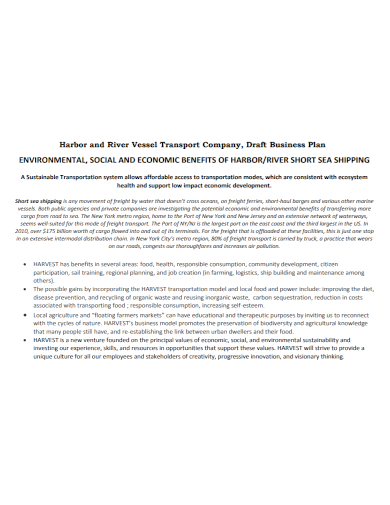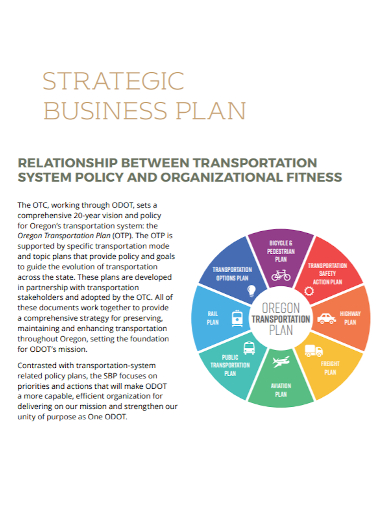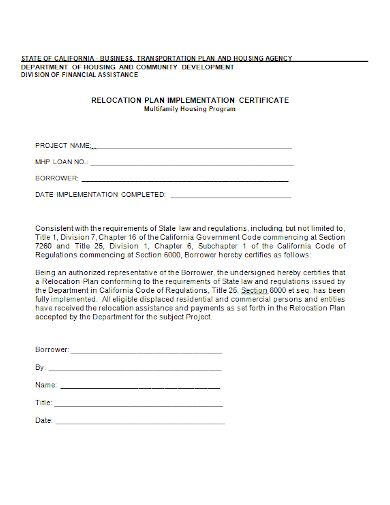Logistics and transportation businesses provide the wheels of the whole world’s business enterprise, both literally and figuratively. Logistics manage how resources are distributed, stored, acquired, and transported. While transportation businesses include transportation of people through a set distance. Though ever so slightly different, these two industries work hand in hand to provide faster movement of both goods and people. They essentially take care of transporting clients from one place to another, control the movement and storage of goods, services, or information in a supply chain.
Transportation may not be the most appreciated industry in the whole world, despite a huge majority of us using it on a daily basis. We just sort off, take it for granted because it’s been so engrained in our day to day lives we just think of it as nothing. Anyways, despite the waned recognition, competition is still at large and quite concentrated. With a whole lot of competitors present in the industry. It may not be much, but a transportation business plan is still very much useful.
Businesses of all shapes and sizes are not simple entities to manage, even much less when you are in an industry that is largely concentrated and highly competitive. You have to always be aware and informed of the current status of your business. Fortunately, a well written business plan can easily help you with that. A business plan is a largely essential document that any business or industry in any shape or size need to have. It acts as a roadmap that they can follow in order to ensure company success. Operating without a business plan is generally not a good idea since most companies that do don’t really last very long.
Business plans come with a slew of benefits, including being able to come up with an idea without having to invest too much time or resources because you’ve already got that covered in your plan. To get properly acquainted with what a transportation business plan is and how it works, check out these samples that we have listed right below. After getting to know the document, you can then use these samples as a guide or even as a template for when you want to develop your own business plan.
10+ Transportation Business Plan Samples
1. Transportation Management Business Plan
2. Public Transportation Business Plan
3. Ministry Transportation Business Plan
4. Transportation Methodology Business Plan
5. Transportation System Business Plan
6. Transportation Network Company Business Plan
7. Business Development Transportation Plan
8. Transportation Divisional Business Plan
9. Transportation Company Business Plan
10. Transportation Strategic Business Plan
11. Transportation Agency Business Plan
What Is a Transportation Business Plan?
A business plan is a written document that outlines how a business would define and achieve its goals. A business plan lays out a roadmap for the whole business to follow derived from the different standpoints of its different departments. Marketing, financial, and operational. Business plans are largely important documents that is usually used to attract a prospective investment even before the company is able to establish an impressive track record. Although documents such as these are more useful for new and startup businesses, every company should be able to establish a well written business plan.
This would enable them to review and periodically update the document to see if the corporate goals that they have set are met and if the company is objectively doing good. A business plan should be able to outline all the projected and estimated costs of a project or venture that they might be working with. Even amongst competitors in the same industry, it is very rare to see a business plan that is identical with another. This is because every company, despite working with almost identical circumstances, tend to have their own way of dealing with their own business operations, especially in the logistics and transportation industry where they have to be somewhat unique from their competitors.
Elements of a Transportation Business Plan
The length of a business plan largely depends on the nature of business and the circumstances that the company is currently working with. All of the information usually fits into a 15 to 20 page document. Although no two business plans are alike, they usually work with almost all the same elements. These elements will be discussed in more detail below.
- Executive summary
This section should be able to outline the company and all the relevant information pertaining to its mission-vision values, company leadership, employees, operations, and general location. Essentially, the executive summary should talk about what the business is, the nature of its operations, and all the other necessary details. - Products and services
This section is where the company should outline all the products and services that they may offer. It includes pricing, service lifespan, and what other benefits that customer might receive. Other factors that you can include is manufacturing and production processes, patents, and proprietary technology. - Market analysis
A company needs to have a properly crystal clear idea of its target customers and their respective demographics. It should be able to outline who or what the competition is in the industry. Ultimately giving you a better idea on how to stay ahead of the market. It should also be able to describe the expected consumer demand in the market and will tell you exactly how easy or how difficult it is to take advantage of. - Financial planning
This section is where the financial status and other details of the company will have to be presented. It should be able to attract the attention of the clients that may be interested in your business plan. Financial statements, balance sheets, and other relevant financial data. - Budget
Every company needs to have a proper budget in place. It includes costs, manufacturing, development, marketing, and other corporate related expenses.
FAQs
Who reads a business plan?
For individuals who work in and around the business or the company, they are given an outline or a summary of the business plan. For outside entities however, investors, lenders, suppliers, clients, and other executives, they will be presented with the whole document.
What are the five elements of a business plan?
- Situation analysis
- Market
- Services positioning
- Setting objectives
- Strategy
What are the three types of logistics?
Inbound logistics, outbound logistics, and reverse logistics.
Transportation is still a highly competitive and concentrated industry. You’ll need all the help you can get to make sure that your business stays on top. Keeping it well and organized with a business plan is only one of the many strategies you can use.
Related Posts
FREE 8+ Debt Management Plan Samples in PDF | DOC
FREE 10+ Sales Management Plan Samples in PDF | MS Word | Apple Pages | Google Docs
FREE 4+ 30-60-90-Day Marketing Plan Samples in MS Word | Google Docs | Apple Pages | PDF
FREE 10+ Higher Education Lesson Plan Samples in MS Word | Pages | Google Docs | PDF
FREE 9+ 30-Day Marketing Plan Samples in PDF | MS Word | Apple Pages | Google Docs
FREE 3+ Sales Team Action Plan Samples in PDF | MS Word | Apple Pages | Google Docs
Marketing Plan For Small Business Samples
FREE 7+ Fashion Business Plan Samples in PDF
FREE 10+ Sprint Planning Samples In MS Word | Google Docs | PDF
FREE 10+ Wedding Planning Samples in MS Word | Apple Pages | Powerpoint | PDF
FREE 9+ Monthly Study Planner Samples in PSD | Illustrator | InDesign | PDF
FREE 9+ Sample Curriculum Planning Templates in PDF | MS Word
FREE 10+ Teacher Development Plan Samples in MS Word | Google Docs | Apple Pages | PDF
FREE 10+ Basketball Practice Plan Samples in PDF
FREE 12+ School Business Plan Samples in PDF | MS Word | Apple Pages | Google Docs

